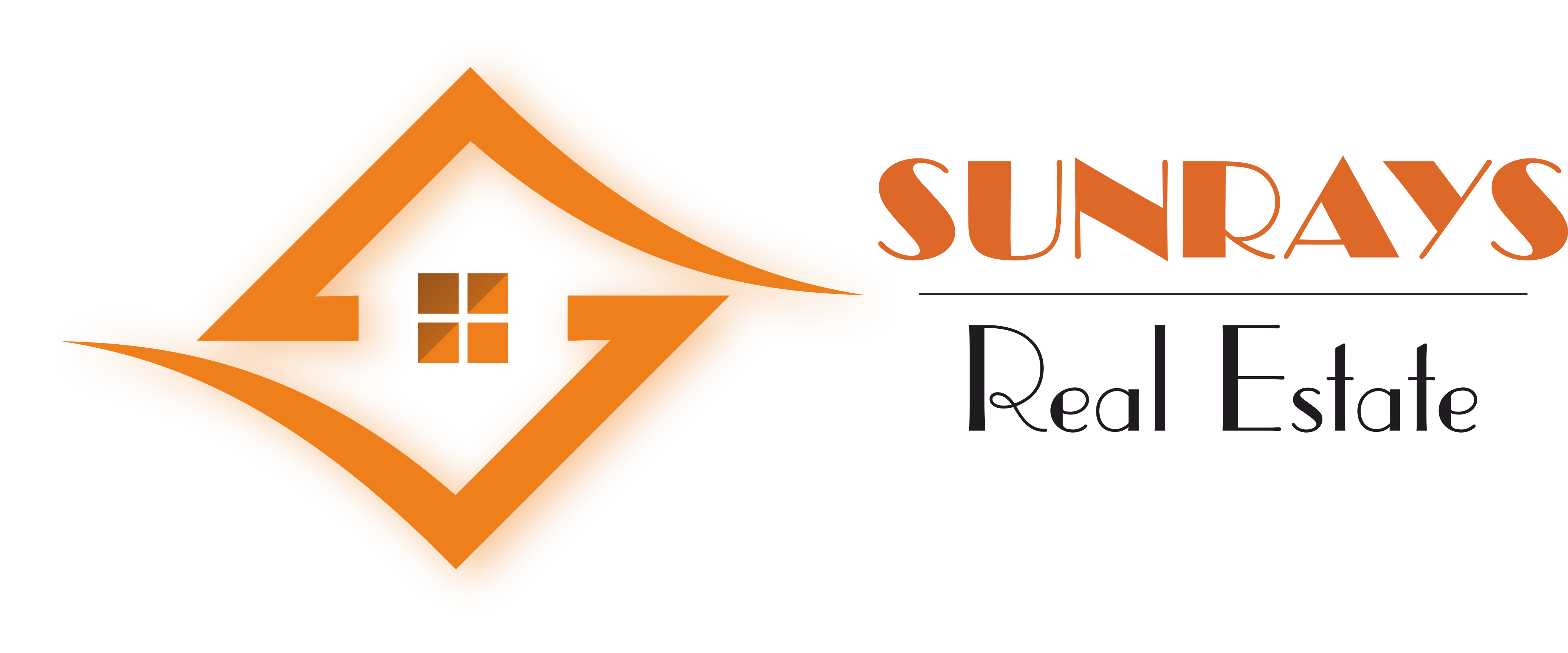Preparing your rental application
Before you apply for a residential tenancy, consider and prepare information you will be required to provide to the Real estate agent.
Formal identification, such as a driver’s licence or passport, Medicare card, concession card, Utility bills, evidence of employment (such as an employment contract), payslips and character references details, current rental receipts and rental references.
If you have never rented before, you will need to provide evidence that you are reliable and can pay the rent. This required extra information. You may also be asked to provide a guarantor who will be responsible to pay the rent if you default.
Application checklist
Read through and complete the rental application form.
List all people who will be occupying the property.
Adults over age of 18 required seperate application form & attached Prove of ID and documentation.
Advise of any pets that will be living at the premises include all details of your rental referees.
Provide information about your employment include character references (if required).
Ensure you have enough funds to pay the bond and first month’s rent.
Generally, to secure the property you will need to pay one month’s rent in advance as well as a bond (usually it’s the equivalent of one month’s rent or a little higher).
All applicants required to sign & completed rental application form, include all required attachments and send it back to the agent.
Landlord’s decision
A landlord has the right to choose the most suitable applicant for their property. They can decide based on a variety factors including (but not limited to) an applicant’s rental history and employment status.
Remember, you may be competing with others for the same property so it’s important to be honest in your application.
Tenancy agreement for rented premises
The successful applicant for a rental property will usually be asked by the agent or landlord to sign a lease, also called a residential tenancy agreement, before they can move in.
A lease is a legal contract between tenants and landlords for which there is no cooling-off period.
There are two common types of leases:
Fixed-term lease – a set period of time, up to three years.
Periodic lease (‘month by month’) – a fixed-term tenancy will usually roll over to a periodic lease when their fixed-term lease ends. Normally, when a lease becomes periodic, the tenant will be offered sign a new fixed term lease. A tenant on a periodic lease does not have to sign a new fixed-term lease, however the terms and conditions of the original agreement still apply. although if they do not sign a new lease they risk the security of their tenancy.
If you are a landlord looking for a professional property manager or if you are a tenant looking for a suitable property.
Please Contact SUNRAYS Real Estate.

